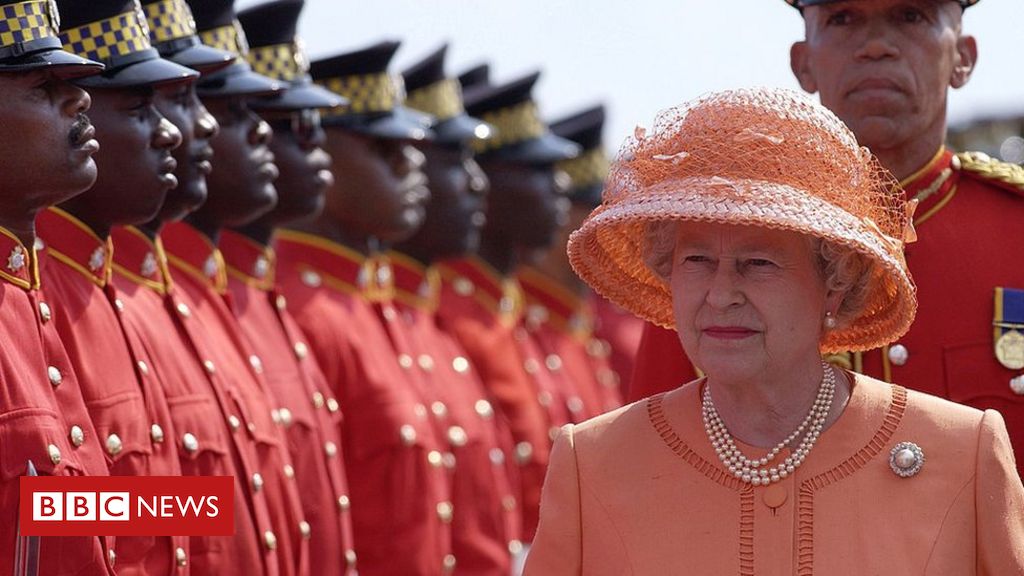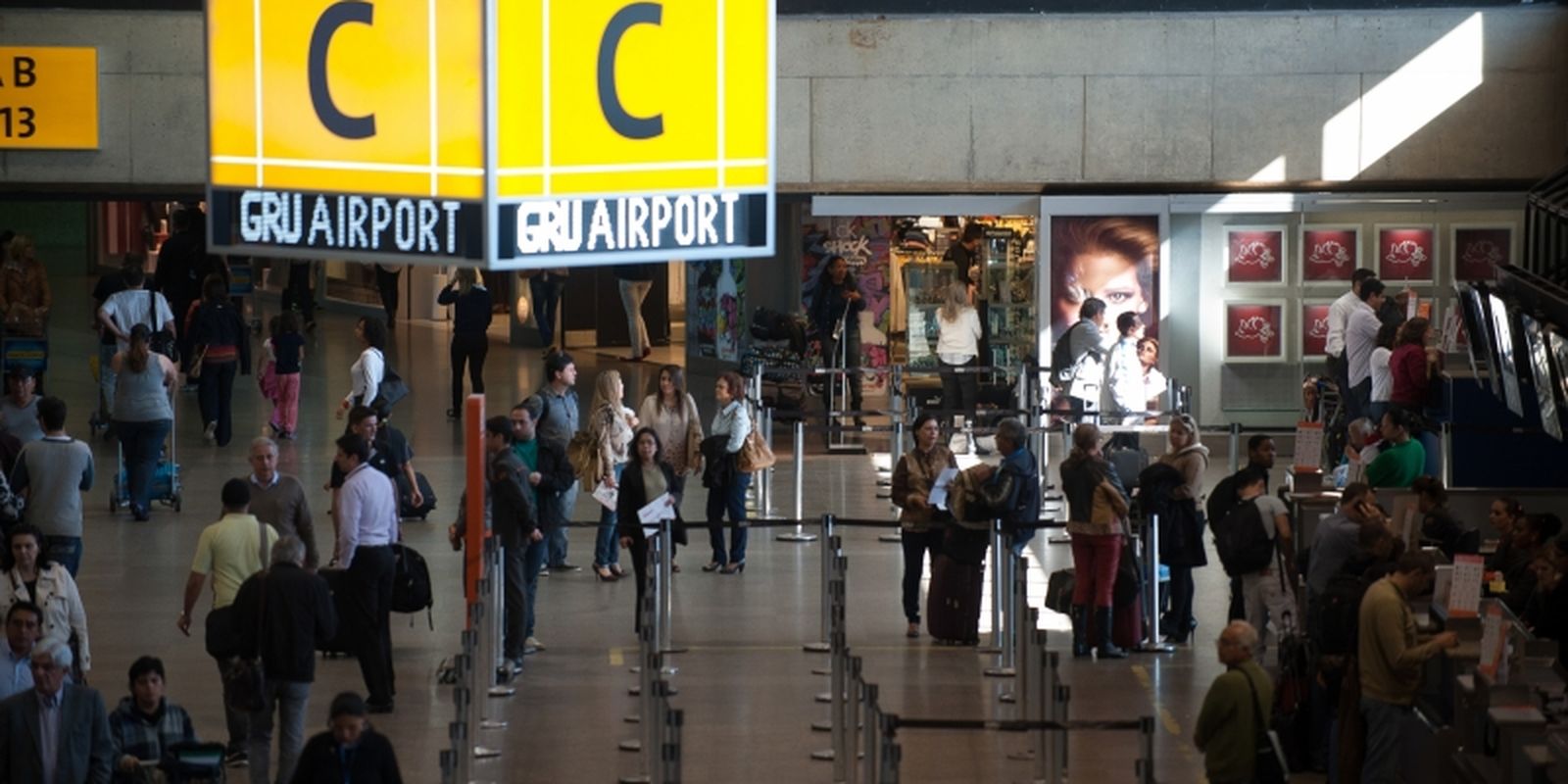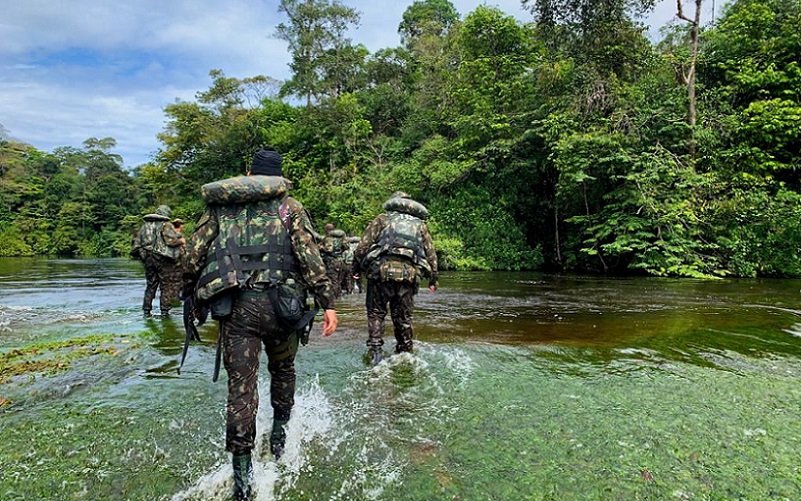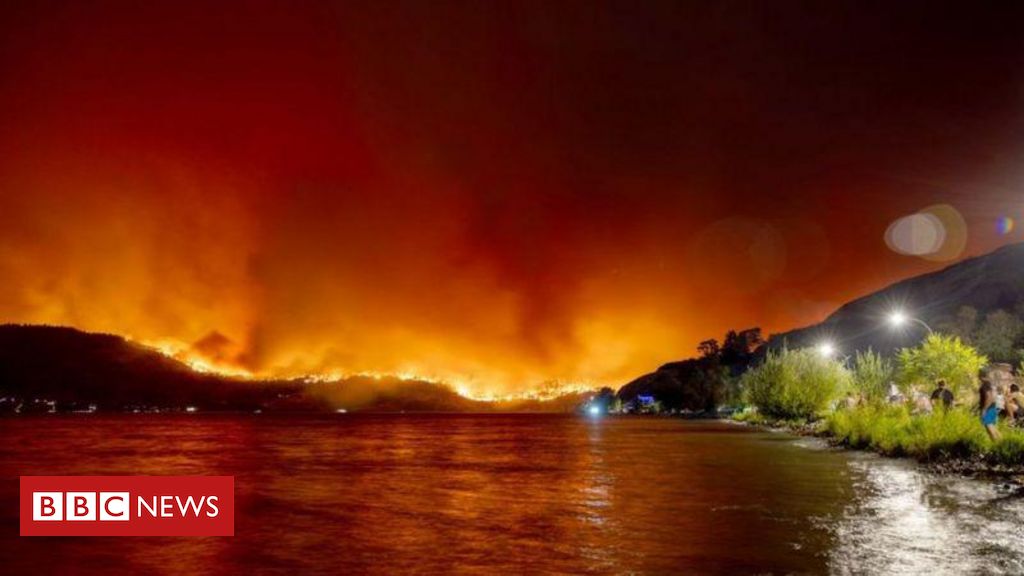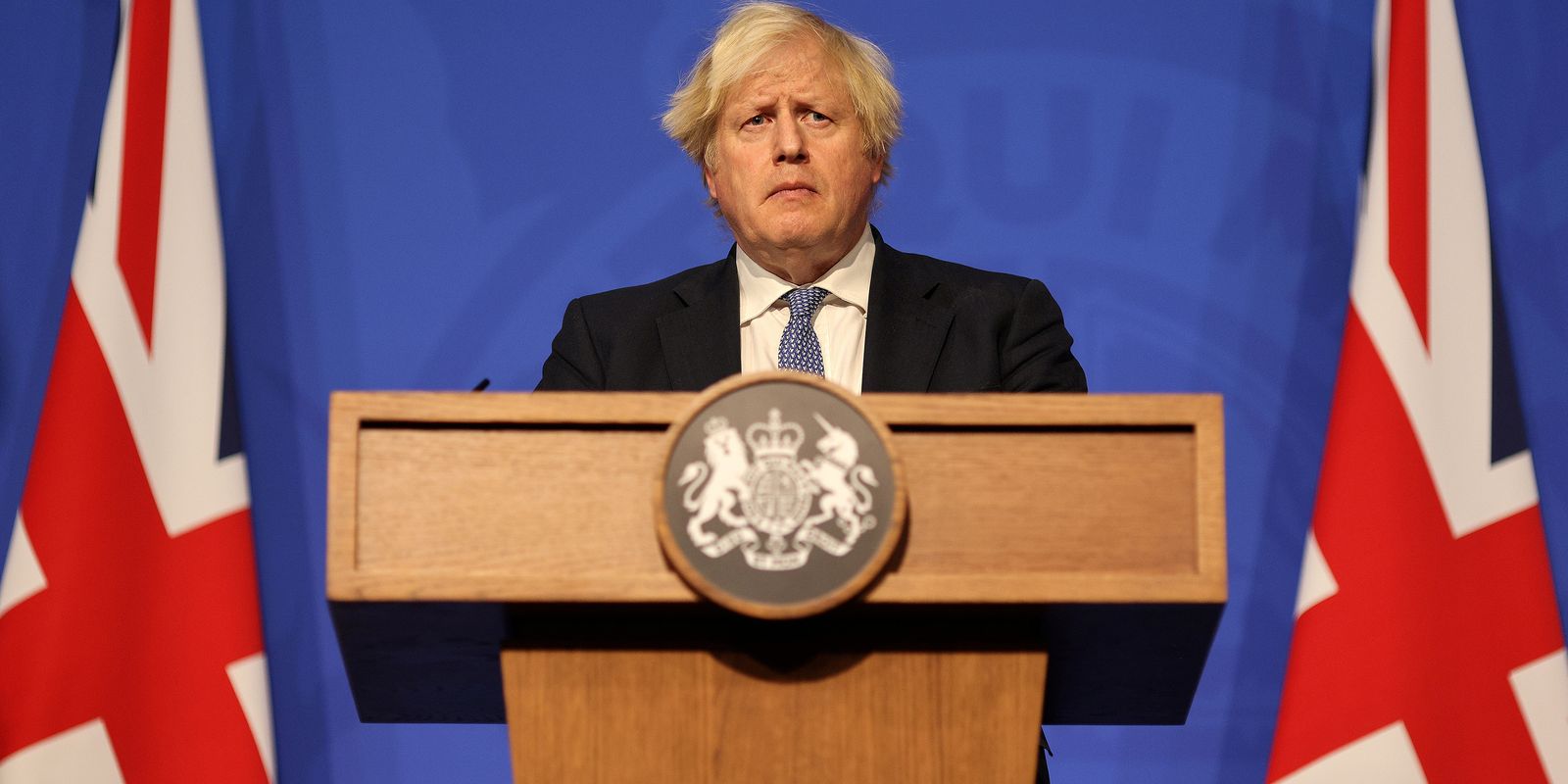Credit, Getty Images
The British Queen remains head of state of several countries
Barbados became a new republic on Tuesday (30/11), no longer having British Queen Elizabeth II as head of state.
It’s a historic day for the Caribbean island, which is concluding a process of self-governance after its prime minister, Mia Motley, said in a BBC interview that “it’s time to put our past behind us completely. colonial”.
Britain’s Prince Charles flew to Barbados on Monday to attend the handover ceremony in National Heroes Square, as a representative of Elizabeth II, but also in his role as successor to the British throne and, by extension, the Commonwealth. 53 countries originating from the British Empire of which Barbados will remain a part.
Elizabeth II rules in 15 of those 53 countries – and last Monday was the last day she did so in Barbados.
The territories over which Elizabeth II still reigns encompass more than 15,000 kilometers which separate Buckingham Palace in London from the small island of Tuvalu, the most remote of the places under her reign, in the Indian Ocean.
United Kingdom, Canada, Bahamas, Belize, Saint Vincent and the Grenadines, Saint Kitts and Nevis, Jamaica, Antigua and Barbuda, Saint Lucia, Grenada, Solomon Islands, Tuvalu, Papua New Guinea, Australia and New Zealand.
Credit, Getty Images
Elizabeth visiting Nigeria in 1956; the former colonies were united into the Commonwealth
Although most of these territories and colonies under British rule gained their independence during the period of decolonization, in the decades following the Second World War many of them became constitutional monarchies – keeping Elizabeth II as Queen and head of state.
Several are located on the American continent. Most are Caribbean islands, although the list includes the second largest country on the planet (and the largest by extension in the Americas): Canada.
The British monarch is, moreover, the “symbol of free association” of the 53 Commonwealth countries, although remaining in the group does not imply submission to the British Crown. That is to say, the queen is a key figure, but she does not necessarily rule over these territories.
“All of these (Commonwealth) countries are independent and sovereign. Yet the Queen is, in many countries, controversial, as many gained their independence through uprisings against British colonial power,” he said. . recent article of the Council on Foreign Relations think tank.
The article points out that as head of state, the monarch has constitutional duties, depending on the country, such as approving the formation of government and bestowing official honors.
“In exceptional circumstances the Crown also has what are known as ‘reserve powers’, or the power to unilaterally overrule another branch. This has rarely happened since the Second World War, the most notable being Australia’s constitutional crisis in 1975, when the Governor-General expelled a Prime Minister.”
Credit, AFP
The Solomon Islands in the Pacific are among the places where the Queen is still head of state.
To the States mentioned, we must add the “British Overseas Territories”, which are a set of colonies and territories which have not become independent.
In the Western Hemisphere, this list includes the Falklands/Malvinas Islands, as well as the islands of Anguilla, Bermuda, British Virgin Islands, Cayman Islands, Montserrat and the Turks and Caicos Islands.
In the case of constitutional monarchies, Elizabeth II has a role, as head of state, mainly symbolic and representative, according to the legal system in force in each place.
But Elizabeth II was sometimes on the verge of “losing” some of the countries in this group.
In 2016, Jamaica’s Governor-General, Patrick Allen, proposed a constitutional amendment “to replace Her Majesty The Queen with a non-executive President as Head of State”.
Have you watched our new videos on Youtube? Subscribe to our channel!
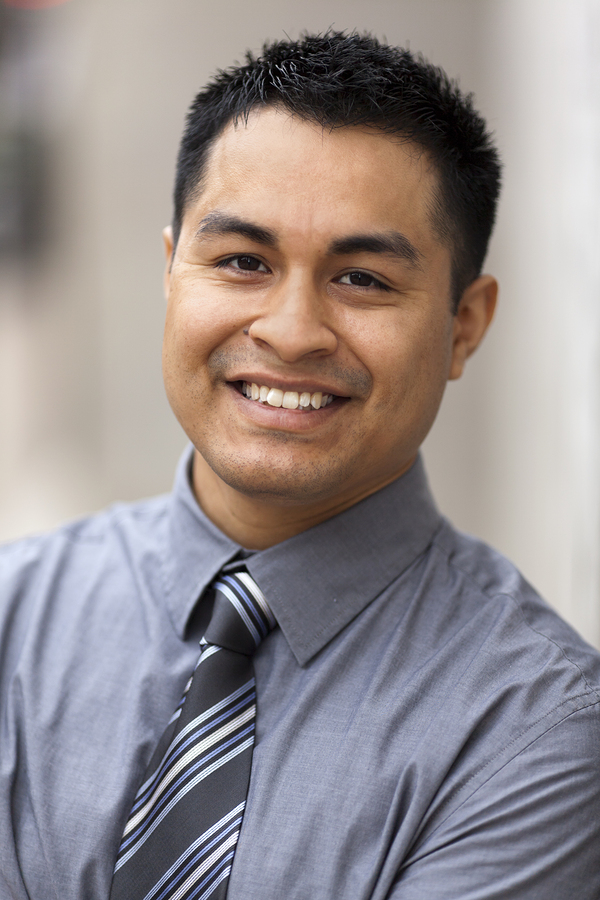
“Freelance communicator. Hardcore web practitioner. Entrepreneur. Total student. Beer ninja.”

